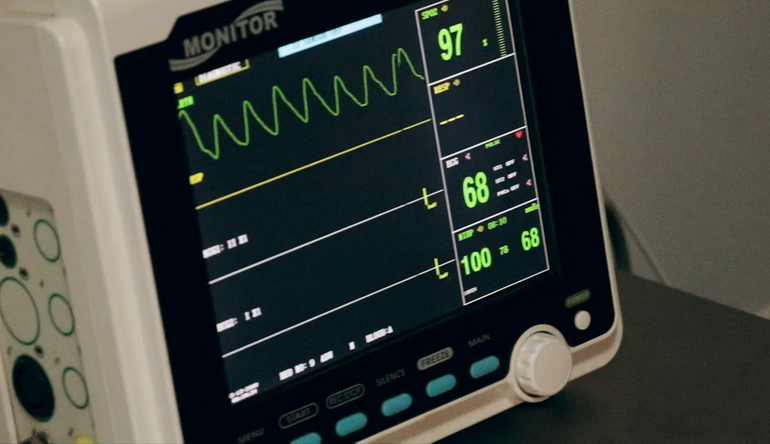
Welcome to the Patient & Public Information Center
At NASPE, we equip patients and professionals with cutting-edge insights into heart-rhythm care—combining prevention strategies, lifestyle guidance, and the latest therapies so you can enjoy each day with confidence and vitality.
Our dedicated portal turns complex electrophysiology science into clear, actionable advice—helping you understand your diagnosis, weigh treatment options, and take an active role in managing your heart health.
Leading Experts in Cardiac Pacing & Electrophysiology With over 3,500 members across North America and beyond, NASPE brings together top cardiologists, researchers, and allied professionals who innovate and share best practices for safe, effective arrhythmia treatment..

Your Heart Health Is Our Priority
Knowledge. Care. Confidence.
Nam quam nunc, blandit vel, luctus pulvinar, hendrerit id, lorem. Maecenas nec odio et
ante tincidunt tempus. Donec vitae sapien ut libero venenatis.
How We Can Help…
We offer a comprehensive suite of resources to support you and your care team:.

Our Medical News
At NASPE, we equip you with cutting-edge education, personalized care pathways, and the latest device and ablation therapies—all grounded in evidence-based guidelines—so you can achieve and sustain a steady, healthy heartbeat and get back to what matters most.
A pacemaker is a small, electronic device that regulates, or paces, the rhythm of the heart. It usually is the first line of treatment for bradycardia (a heart rate that is too slow).
Medications used to treat arrhythmias depend on the nature, frequency and severity of the abnormal heart rhythm, and whether it arises in the upper chambers (atria) or lower chambers (ventricles) of the heart.
If you have heart failure, or are at risk for heart failure, here are some questions you may wish to ask your doctor.

